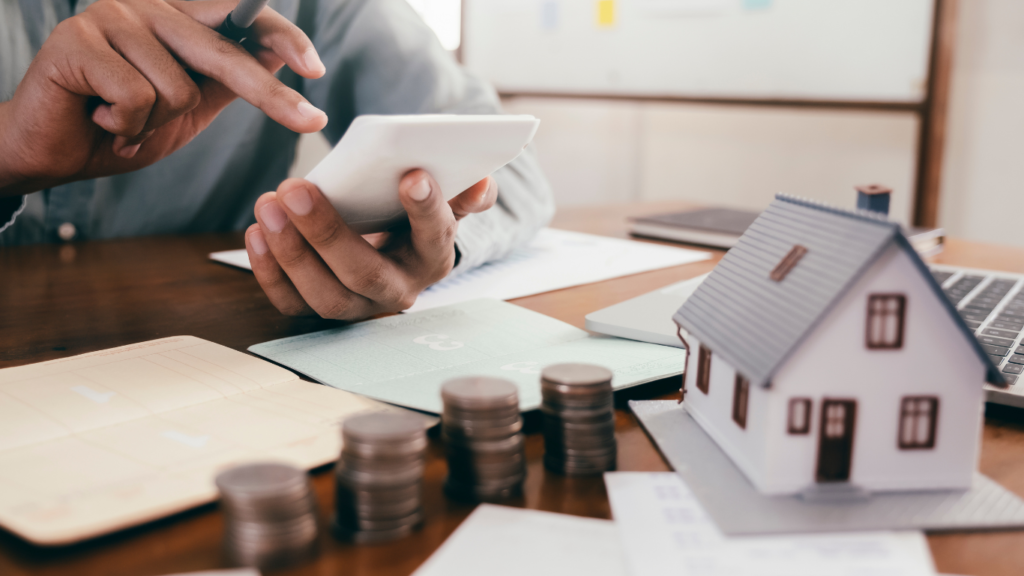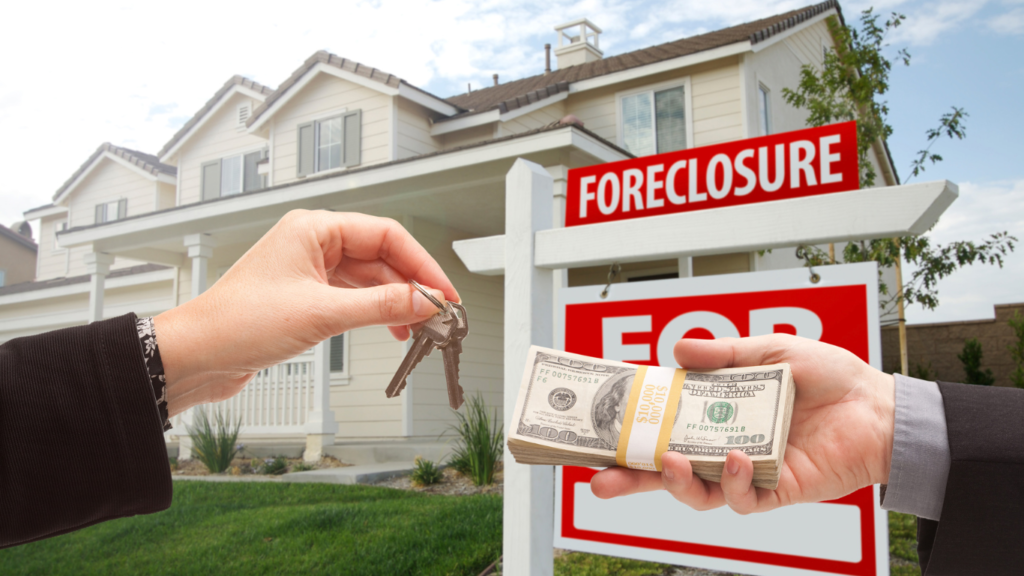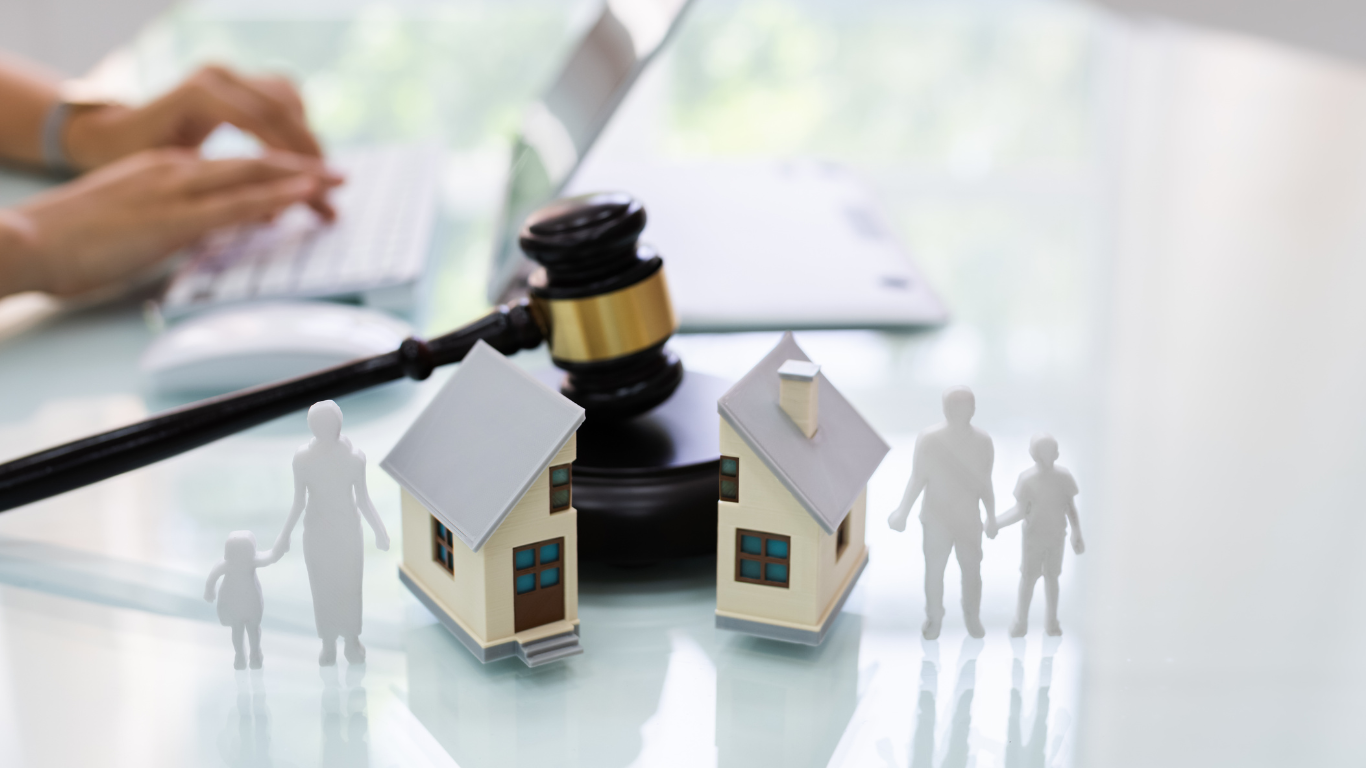Being unable to pay their bills leads many people to consider bankruptcy. By filing for bankruptcy in Washington, you can gain a fresh start and relieve your financial worries. Before you move forward, however, be sure you understand what the process involves. This blog post will provide an overview of how to file for bankruptcy in Washington and everything you need to know to make the best decision for you. Keep reading to learn more!
What Is Bankruptcy?
Bankruptcy allows people and businesses to relieve themselves of debt. The automatic stay prevents creditors from collecting from you during bankruptcy.
When You May Need to File for Bankruptcy
Bankruptcy may not be right for everyone, so be aware of this before filing.
Here are some situations where filing for bankruptcy may be a good option:
- You’re struggling to catch up with your mortgage payments.
- Your creditors aren’t willing to work out a payment plan with you.
- You’re paying your essential living expenses with your credit cards.
- Debt collectors are contacting you or your house is being foreclosed on.
Is Bankruptcy The Only Way Out?
If you are considering filing for bankruptcy, you should consider your options carefully. Debt settlement or credit counseling are alternatives to bankruptcy, and you can consult an advisor to decide which is the best option for you.
Your monthly payments can be lowered, and interest can be saved by consolidating your debt. As a result, debt is repaid faster. You can also negotiate directly with your creditor. An agreement can help you avoid bankruptcy.
The Types of Bankruptcy for Individuals
There are two main types of bankruptcies for individuals available in Washington: Chapter 7 and Chapter 13.
Chapter 7 Bankruptcy
Chapter 7 bankruptcy is usually considered first since it is quick and does not require payments to creditors. The option is especially effective for people who need only the minimal items necessary for living and working. In Chapter 7 bankruptcy, you cannot catch up on mortgages or car payments if you are past due when you file.
Chapter 13
Chapter 13 bankruptcy, in contrast, allows for repayment over a period of three to five years. With Chapter 13, you also can keep all of your property and avoid foreclosure and repossession. Alternatively, you may be able to negotiate a payment plan with your creditors if your debt cannot be discharged by bankruptcy.
How to File for Bankruptcy in Washington
Many people are discouraged from filing for bankruptcy because they fear that they will not be able to afford a lawyer. Though bankruptcy attorneys are expensive and the most costly part of filing for bankruptcy in Washington, you do have the option to file for bankruptcy without an attorney.
Below are the steps to do so.
- Gather Your Washington Bankruptcy Documents: Make sure you have copies of your tax returns from the past two years, a bank statement showing the bankruptcy filing date, and your last 60-day pay stubs.
- Take a Credit Counseling Course: Learn more about the credit counseling course here.
- Fill Out the Bankruptcy Forms: The forms are available free of charge at USCOURTS.gov.
- Pay Your Filing Fee: Chapter 7 bankruptcy requires a court filing fee of $338. If your income does not exceed 150% of the poverty guidelines in Washington, you can request a fee waiver.
- Print Your Bankruptcy Forms: Print all forms on regular, white 8.5″ x 11″ paper using black ink.
- File the Forms With the Washington Bankruptcy Court: A simple email address and internet connection are all you need to upload your petition electronically if you’re filing bankruptcy on your own. Paper petitions are also subject to COVID-19’s changes. Your first step should be to review current guidance. Your petition can also be mailed or dropped off.
- Mail Documents to Your Trustee: You will be assigned a trustee after filing for bankruptcy.
- Take Another Course: Sign up for a debtor education course within 60 days of the 341 meeting.
- Attend Your 341 Meeting: Your creditors can attend this meeting to ask questions.
What Happens After You File for Bankruptcy in Washington?
In general, bankruptcy discharges most unsecured debts. Nevertheless, bankruptcy cannot discharge certain debts, such as student loans, child support, and alimony. Depending on your bankruptcy choice, you may also have to give up some assets.
How Will Bankruptcy Affect Your Credit Score?
A bankruptcy can remain on your credit report for seven to ten years after it has been filed. This may make obtaining loans and credit lines difficult. Bankruptcy, however, does not mean your financial future is over.
The following practices can help you rebuild your credit over time:
- Apply for a small loan.
- Make on-time payments.
- Get a secured credit card.
- Maintain a good payment history.
- Regularly check your credit report for errors.
- Sign up as an authorized user for a credit card.
Sell My House Fast for Cash & Avoid Bankruptcy in Washington
If the prospect of filing for bankruptcy daunts you, the fastest way to avoid it is by selling your house. At Favor Home Solutions, we buy houses as-is for cash, so you don’t have to worry about making repairs or coping with bankruptcy’s emotional toll.
We’ll work together to develop a solution that meets your unique needs within your preferred timeframe! Get the cash you need in as little as 14 days and regain your peace of mind. Contact us today to learn more about how we can help you!


